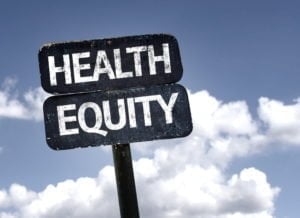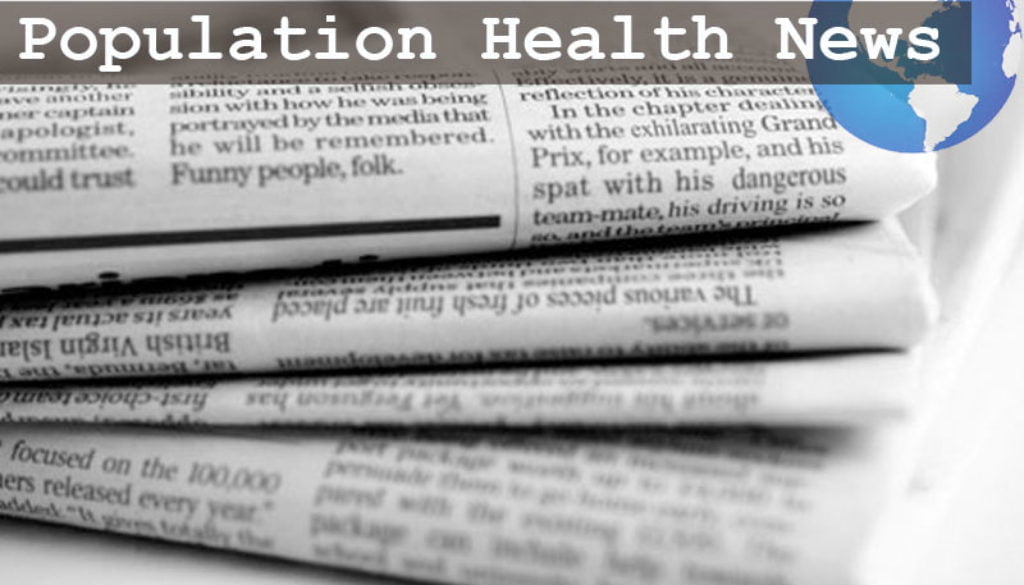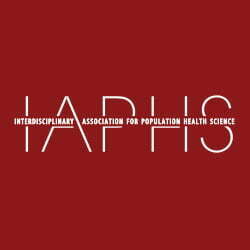Population Health News Roundup: November
IAPHS StaffEach month, we curate the top news in population health. This month, how black churches support mental health, an update on the rural hospital crisis, loneliness and dementia, technology meets vaccination tracking in Tanzania, poor dental care and seniors, and much more.
Interdisciplinary Spotlight
 Infectious disease and its impact on….architecture?: Before the days of antibiotics, doctors attempted to control the spread of TB by controlling spaces: isolation, fresh air, and “heliotherapy” (sunlight). Many sanitoria had “cure porches.” Modernist architects took note. (CityLab, October 30, 2018)
Infectious disease and its impact on….architecture?: Before the days of antibiotics, doctors attempted to control the spread of TB by controlling spaces: isolation, fresh air, and “heliotherapy” (sunlight). Many sanitoria had “cure porches.” Modernist architects took note. (CityLab, October 30, 2018)
Taking population health to church: Black churches could help support mental health in black communities, particularly for black men, by embracing the BMSEST (Body, Mind, Spirit, Environment, Social, Transcendent) and HIMM Health, Illness, Men, and Masculinities theoretical frameworks ( Public Health Post, November 8, 2018, citing the Journal of Religion and Health, June 2018)
Place
 Riding the storm out (or not) in Queens, NY: Nature replaces industry at Hunters Point South Park, protecting people from storms (City Lab, October 24 2018), but other parts of the Long Island waterfront are being developed, creating risks to people and property (City Lab, October 22, 2018)
Riding the storm out (or not) in Queens, NY: Nature replaces industry at Hunters Point South Park, protecting people from storms (City Lab, October 24 2018), but other parts of the Long Island waterfront are being developed, creating risks to people and property (City Lab, October 22, 2018)
Rural hospital crisis isn’t improving: 600 rural hospitals across the U.S. are vulnerable to closure, and 89 have closed since 2010 (Becker’s Hospital Review, November 1, 2018)
No country for city ideas: Rural health equity requires different approaches, including telehealth, expanding broadband internet access, and combining resources to buy supplies in bulk (RWJ Culture of Health Blog, November 12, 2018)
Something heavy in the air: Auto exhaust, particularly nitrogen dioxide from diesel engines, is linked to childhood obesity (The Guardian, November 4, 2018)
Disparities
 Alone and not well: Loneliness increases risk of dementia (Florida State University News, October 26, 2018)
Alone and not well: Loneliness increases risk of dementia (Florida State University News, October 26, 2018)
“The trauma came after the fact”: Study looks at trauma and resiliency in the LGBTQ San Antonio community (San Antonio Express News, November 1, 2018)
Disparities in premature babies: African American and Latinx babies who are premature have greater risk of neonatal health problems, such as necrotizing, hemorrhage, and retinopathy (Salud America, October 11, 2018, and CNN)
Disparities as a matter in life and death: Disparities for black Americans persist up until the end of life. Black Americans are less likely to have advance care planning, hospice, and trust in end-of-life options, among other reasons (NextAvenue.org, November 2, 2018)
In the neighborhood of (un) safety: Inequality, segregation, and officer ethnicity are linked to fatal interactions between police and men of color. (Social Science & Medicine, November 15, 2018)
Global Health
 Vaccine in one hand, iPad in the other: Technology is helping track immunization records across Tanzania, increasing coverage in Nainokanoka from 59% in 2013 to above 97% (GAVI, 2018)
Vaccine in one hand, iPad in the other: Technology is helping track immunization records across Tanzania, increasing coverage in Nainokanoka from 59% in 2013 to above 97% (GAVI, 2018)
Colonized and less healthy: Much of Inuit food today lacks cultural connection…and nutrients. (Global Health Now, October 25, 2018)
Programs & Policy
 Paid family leave helps, but not equally so: Paid family leave policies improve breastfeeding in California and New Jersey, but more so for higher-income mothers (AJPH, October 25, 2018)
Paid family leave helps, but not equally so: Paid family leave policies improve breastfeeding in California and New Jersey, but more so for higher-income mothers (AJPH, October 25, 2018)
Premature births on the rise, but help is on the way: States are stepping into help (NPR, November 1, 2018)
Medicaid expansion may change political landscape: Expanding Medicaid, as three states did this past election, may increase voter registration and participation via several mechanisms, including improved financial stability and inspiring gratitude toward government (New York Times, November 8, 2018)
Lack of dental coverage can seriously harm seniors: Seniors can find it hard to age in place without dental care—and their health, well-being, and independence can suffer (ShelterForce, November 7, 2018)
Stronger together: Population health program in Pierce County, Washington State links clinical, fire and rescue, and community programs. The result: fewer hospital admissions and less ambulance and ER use. (HealthAnalytics.com, November 13, 2018)





All comments will be reviewed and posted if substantive and of general interest to IAPHS readers.